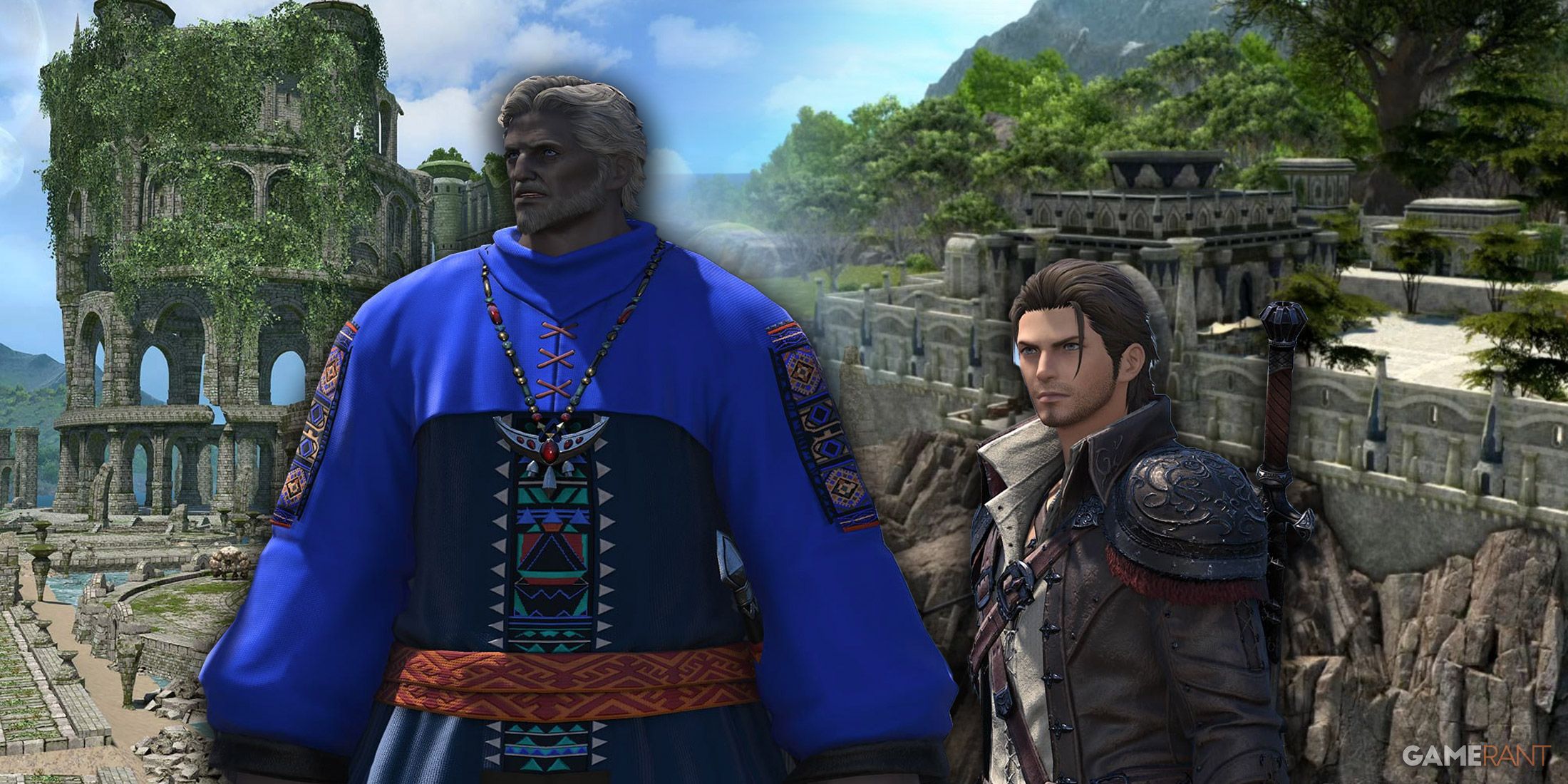
Update 7.25 for Final Fantasy 14 doesn’t just refresh the game; it takes us on a trip down memory lane with elegance. The arrival of Occult Crescent and the Phantom Weapon questline is like a tribute to traditional RPG development from Square Enix. This isn’t mere waiting room content for those anticipating the next raid tier. Instead, Crescent Isle offers an immersive world that begs to be explored, with mysteries hidden in every misty vista and historical nooks that call for strategic teamwork, old-school exploration, and genuine character development investment.
As a long-time fan, I find myself deeply immersed in this zone, reminiscent of the early Final Fantasy games, skillfully blending nostalgia and creativity. Gerolt’s comeback serves not just as comic relief but also as a touchstone, grounding us players in the remarkable evolution of Final Fantasy 14. The somber undertones woven into Ketenramm’s story hint at potential farewells, adding an emotional depth to the content. For those who joined the journey since A Realm Reborn, this continuation feels like a well-deserved progression in our epic tale.
Crescent Isle Embraces Classic Final Fantasy 14
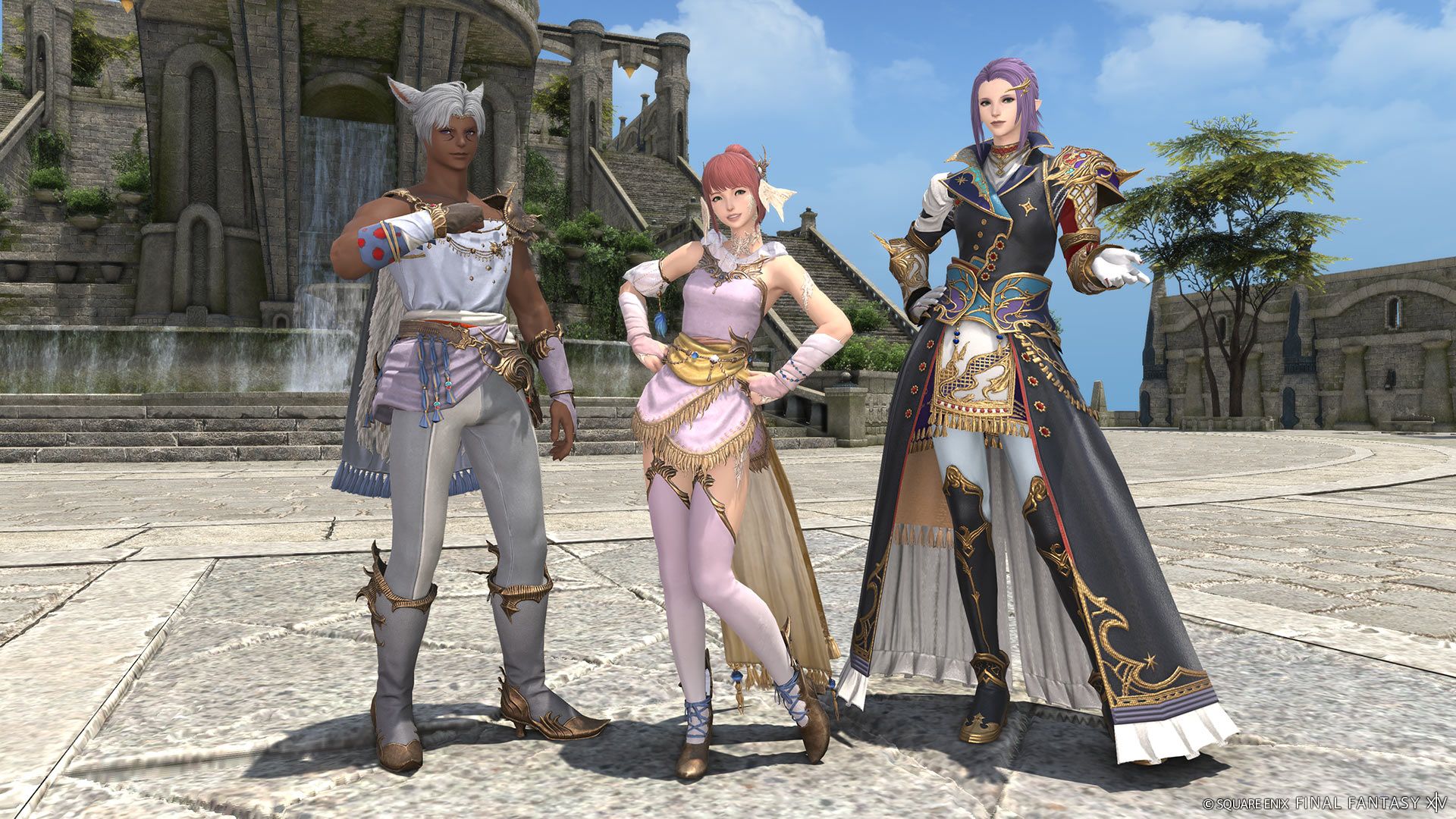
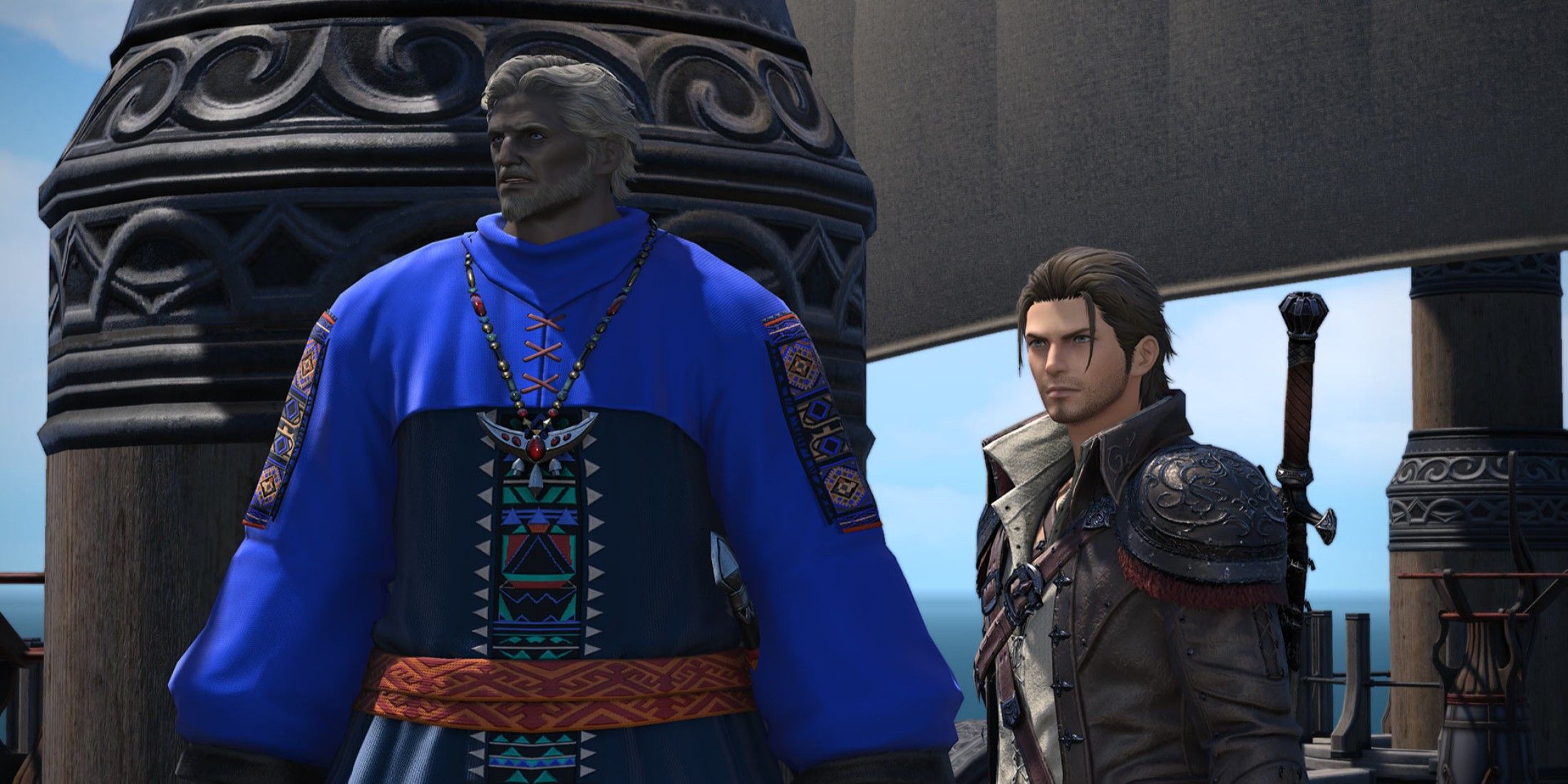
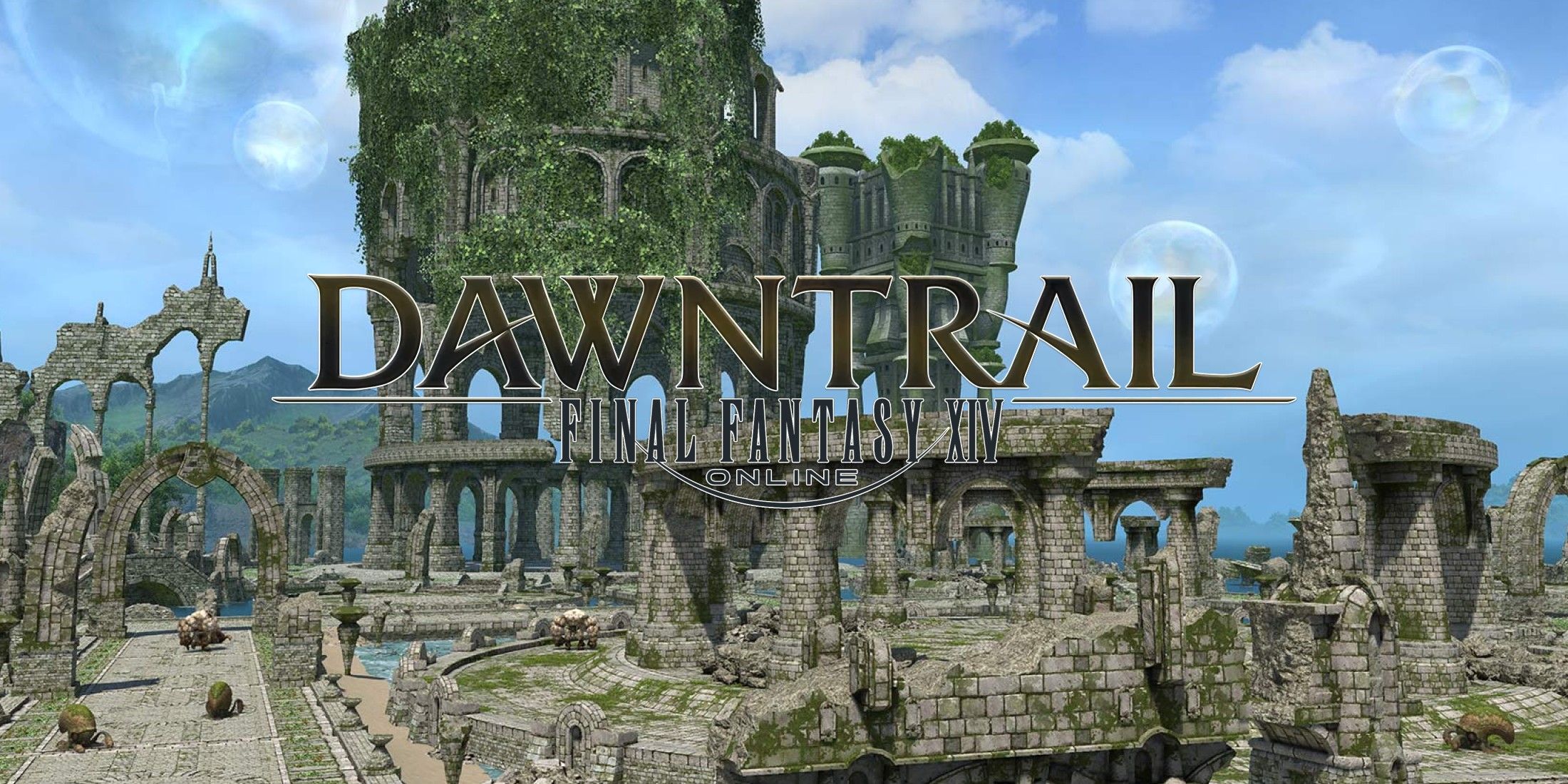

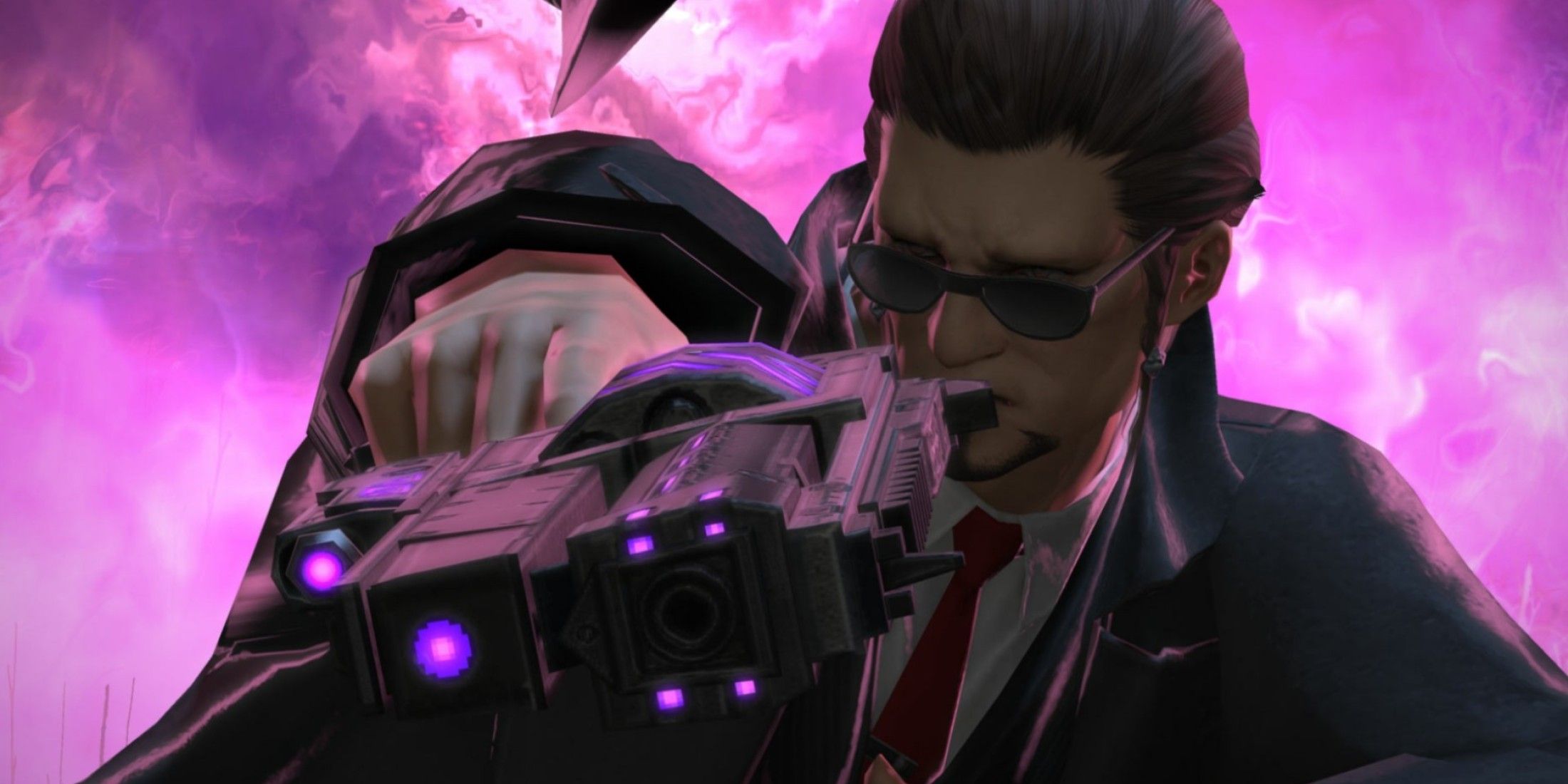
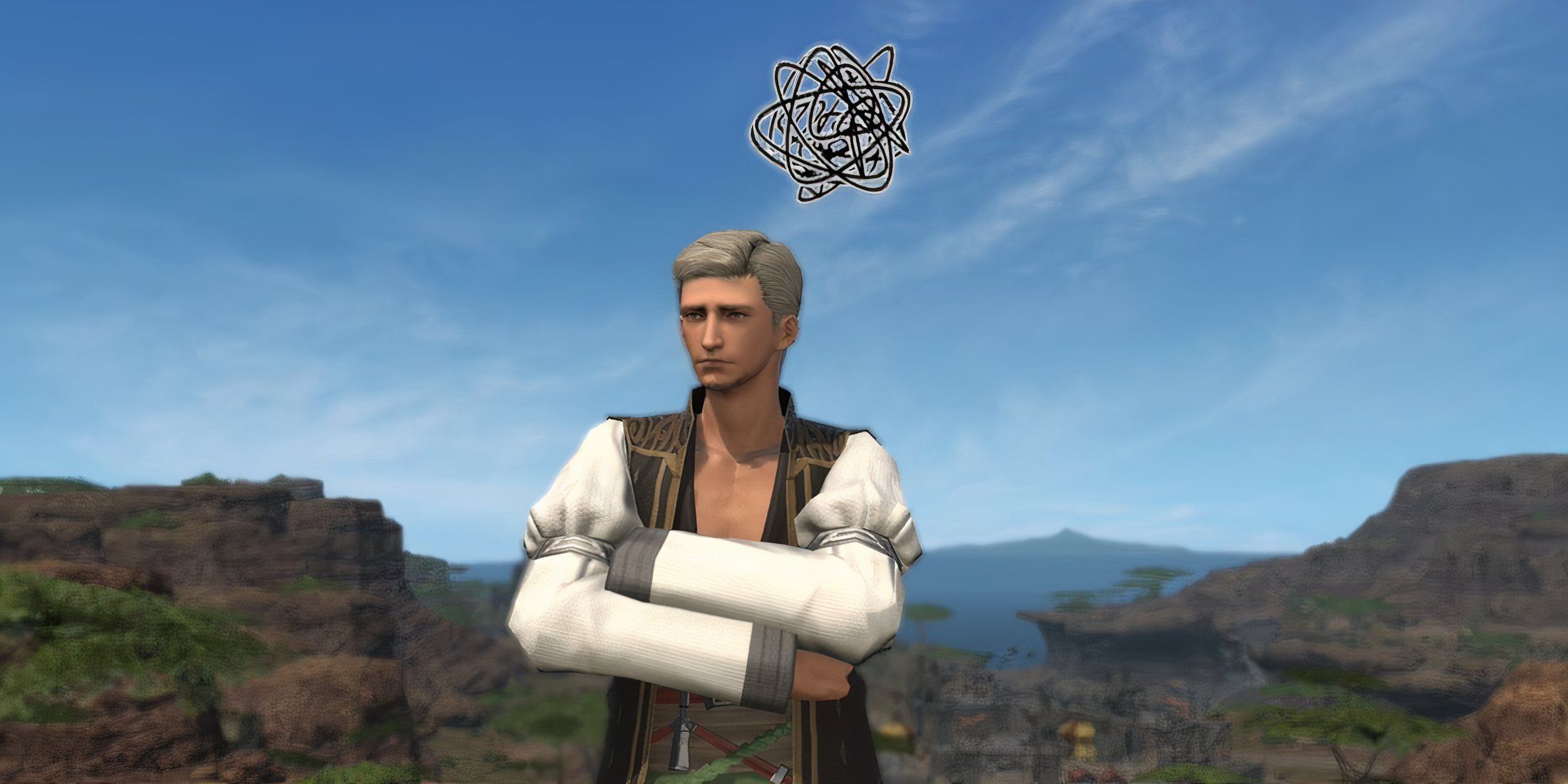
In Final Fantasy 14’s Crescent Isle, the layout deviates from the usual pattern of MMO zones where you kill and collect items. Instead, players work together in a style reminiscent of traditional RPGs to delve into intricate ruins, battle colossal foes, and engage with peculiar artifacts such as the “knowledge stones.” These stones react differently based on the player’s Phantom Job, for example, the Thief can access hidden passages within dungeons, making the choice of party composition more than just about raw damage or healing; it also affects the group’s abilities.
In Crescent Isle, the Phantom Jobs are inspired by roles from earlier versions of Final Fantasy, such as Chemist, Time Mage, Berserker, and Geomancer, which played significant roles in the franchise’s combat systems known for their flexibility. For long-term fans, this reintroduction evokes fond memories of familiar concepts. Meanwhile, newcomers get to experience the diverse gameplay that once made the series stand out. By incorporating these jobs now, players can delve into older design ideas in a limited yet impactful manner, bridging the gap between the current game and its rich history.
Initially, roles like Geomancer and Chemist, which were similar to Phantom Jobs in Final Fantasy 14, had been planned for complete integration, but were ultimately put aside due to balance issues. Now, for the first time, players can experience a glimpse of how these jobs could have functioned in-game.
In this game area, it’s not just about fighting or accumulating relics. Instead, it offers the excitement of learning. The concept of knowledge serves as a tangible form of advancement through exploration. Players need to employ skills unique to their jobs at knowledge stones to trigger party-wide enhancements, thus blending storyline, progression, and gameplay mechanics seamlessly. Here, learning is an active process, and each action yields a reward.
Phantom Weapon Questline Revives Old Relic Energy
Experienced gamers will notice the amusing references in the Phantom Weapon quest to the challenging Zodiac relic grinding from the past. The dialogue contains a subtle, knowing humor that seems like an acknowledging wink towards long-term players. However, this isn’t just a walk down memory lane; the new relic progression is seamlessly incorporated into the game zone itself, combining elements such as dungeon exploration, party bonuses, and knowledge stone utilization for advancement.
In this game, there’s a beat that long-time players of Final Fantasy 14‘s initial, more innovative stages may recognize, but it has been polished now. The Phantom relics connect directly with the setting, encouraging players not merely to gather items, but to comprehend the surroundings they’re exploring. This is a design choice reminiscent of classic dungeon-crawling RPGs, where player autonomy and curiosity could determine whether progress was made or a setback occurred.
Initially, the trio of roles known as Phantom Jobs – Knight, Monk, and Bard – are not just beneficial during battles but also provide potent 30-minute boosts at knowledge stones. Each role’s boost is distinct, prompting party organizers to strategize around their effects when approaching group challenges.
The variety of jobs in this game lets players explore roles they wouldn’t typically choose. For instance, someone who usually plays ranged characters in Final Fantasy 14 might give Monk a try due to its strength at close combat, while tank players might find themselves dabbling with Bard for its useful abilities. These minor roles don’t demand extensive gear upgrades or complete role dedication, making the system adaptable and fun.
Archive and Ketenramm Add Emotional Depth
In this update, the importance of storyline development hasn’t been overlooked. Ketenramm’s character in the game Dawntrail provided depth, but Crescent Isle introduces a fresh layer. Struggling with mortality and legacy, his presence imbues the zone’s haunting beauty with an air of finality. Players aren’t merely leveling up; they’re observing the tranquil conclusion of one character’s tale, potentially marking the start of something ancient connected to Nym’s enigmatic past.
In simpler terms, the character known as Archive is not just someone who gives quests in this game. Instead, they serve as a source of backstory that hints at the origin of the disease that wiped out Nym, a mystery that has intrigued players since the early days of Final Fantasy 14. Archive transforms lore into an interactive experience, leading players through puzzles, trivia, and mysteries that make the journey feel rewarding. By the time a significant revelation occurs, it seems like the player played a part in uncovering it, rather than simply watching events unfold.
In Crescent Isle, players delve into a compelling mix of character-driven narratives and archaeological gameplay, immersing them in the rich history of Eorzea. Instead of erasing the past, this game uncovers it, shakes off the cobwebs, and invites players to take a closer look. Those seeking an extended, investigative motivation to revisit will find it here.
Read More
- Byler Confirmed? Mike and Will’s Relationship in Stranger Things Season 5
- One-Way Quantum Streets: Superconducting Diodes Enable Directional Entanglement
- Best Job for Main Character in Octopath Traveler 0
- Quantum Circuits Reveal Hidden Connections to Gauge Theory
- Entangling Bosonic Qubits: A Step Towards Fault-Tolerant Quantum Computation
- All Exploration Challenges & Rewards in Battlefield 6 Redsec
- Upload Labs: Beginner Tips & Tricks
- How to Get to Serenity Island in Infinity Nikki
- Top 8 Open-World Games with the Toughest Boss Fights
- Star Wars: Zero Company – The Clone Wars Strategy Game You Didn’t Know You Needed
2025-06-02 17:10